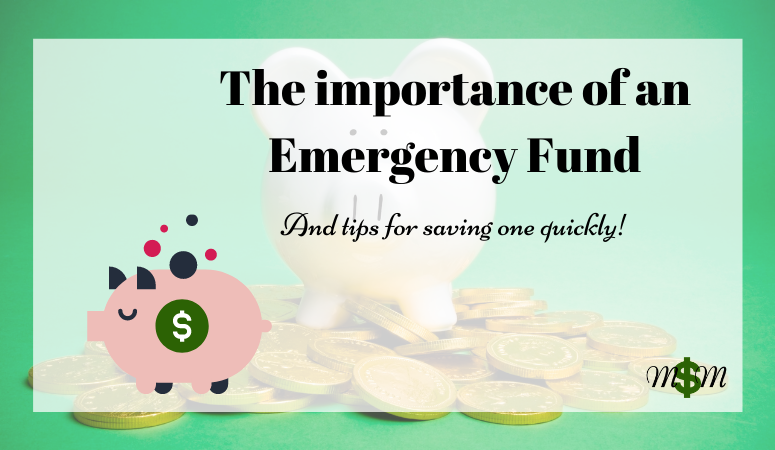The Basics: How to Create a Savings Plan
What you’ll learn:
- What is a savings plan?
- Why is a savings plan important?
- How to create and build your savings.
- Why you need to save.
What is a Savings Plan
A savings plan is just that: a plan to save a portion of your income. Savings plans come in many shapes and sizes, depending on what you are saving for. Smaller goals may be saving for Christmas gifts or vacation. Larger goals may be saving for a home down payment or a vehicle upgrade. Each of these goals should be a part of your financial plan. From there, you’ll be able to track how much you should be saving each month.
Why a Savings Plan is Important
The sooner you begin to save, the better. An emergency fund is of utmost importance and a great place to start. Consider your emergency fund as an insurance account for your savings. It’s not necessarily needed until your HVAC goes out, your tires need to be replaced, or you find yourself unemployed. An intial goal would be an emergency fund of $1000. Then look towards building a 3 to 6 month expense emergency fund.
It’s important to plan ahead, and a solid savings plan will set you up for financial success.
Ways to Build your Savings
Know your Budget – find areas to cut costs
If you don’t already have a budget in place, this needs to happen first. Or else, you won’t know how much you could be saving each month. Don’t stress if your budget is tight and there’s not much wiggle room for saving. Maybe start with as little as $25 a month. Even the inital, little wins will give your confidence a boost. Then, when there’s even more income that can be saved, you’ll have the motivation to save more instead of spending!
When you have a better understanding of your budget, you may find areas where you could cut back on spending. A few examples include morning coffee at home and meal prepping lucnhes. Or, talk with your family about the different media outlets you pay for every month. You may not need cable, Netflix, Hulu, and Amazon prime. The first couple of months may seem challenging when it comes to sacrificing a few of our normal comforts, but the reward at the end of the journey is worth it!
Keep your savings goals in plain sight. Put up a chart to visual how much you are accruing. Post pictures of the vacation spot or dream home on the fridge. Keep your savings goals in conversation. Encourage your family often. Create a special dessert or throw a family dinner party at the end of the month once a savings goal has been reached.
Open a High Yield Savings Account
What is a high yield savings account? A savings account that offers a higher interest rate on your savings than a standard savings account. When discussing high yield savings accounts interest rates, another term you may see is annual percentage yield, or APY. The high yield savings account APY is higher than standard savings accounts APY. This is where you get the name “high yield savings account”.
For instance, say you save $1000 annually. In a standard savings account, where the national average APY is 0.06%, you’ll earn back $60. In a high yield savings account, where the APY is 0.5%, you’ll earn back $500. That’s quite a difference in your return. Now take this return and watch it grow right alongside your savings .. voila! Compound interest!
You may find your current bank offers a great high yield savings account, which makes your job easier as far as opening an account. Most online banks offer high yield savings accounts.
In Summary
A savings plan is a to save a portion of your income. Your financial plan should include a section for a savings plan. This is a great way to keep from going into debt for larger goals and purchases. Look through your budget and see where you may be able to cut costs or open a high yield savings account to take advantage of better interest rate than a standard savings account. Set goals, have patience, and enjoy the reward of paying in full for your next purchase!
More Posts on Savings










